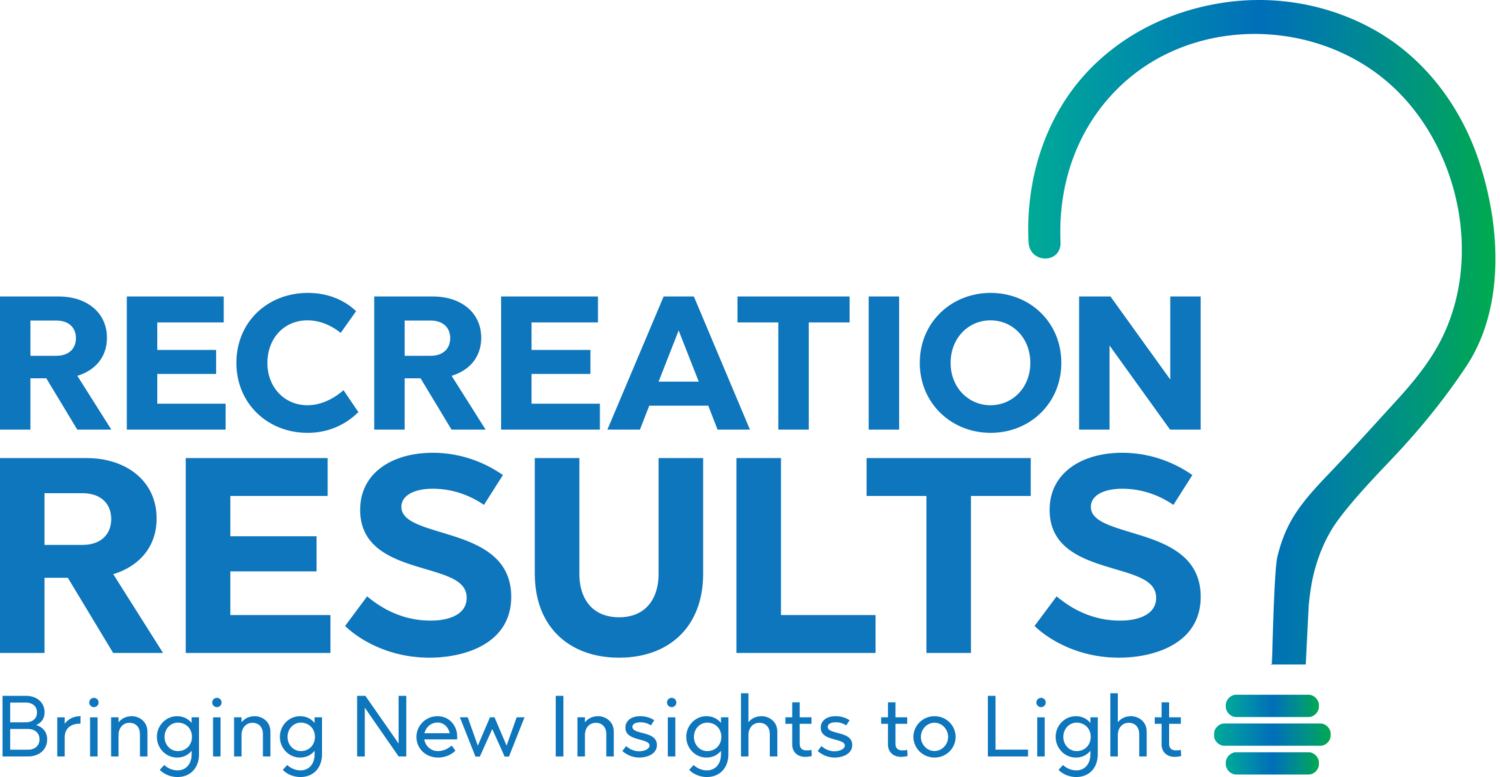Earlier this week I was asked to lead a StrengthsFinder workshop at a local park & recreation agency. I have been a huge proponent of StrengthsFinder since I first read the book and took the assessment 8 years ago and have it to thank for putting me on the path towards my current position which is geared specifically to my strengths. Without going into too much detail, StrengthsFinder consists of an assessment to inform a person of their natural talents and then explains why we will be happier, more productive, and more successful if we focus on improving our strengths instead of trying to fix our weaknesses. Each person is given their top 5 talent themes out of a possible 34. Each of the 34 talent themes falls into one of four categories:
- Executing: People with talents in this area are those who you turn to to implement a solution. They work tirelessly to get something done with speed and precision.
- Influencing: People with talents in this area are innately good at influencing are always selling big ideas inside and outside of the organization. When you need someone to take charge, speak up, and make sure your group is heard, look to someone with strengths in this area.
- Relationship-Building: People with talents in this area have an innate ability to take the human component into the equation. They look at how individuals fit into the big picture, make strong connections, and are the glue that holds groups together.
- Strategic: People with talents in this area are constantly thinking about the future and help keep people focused on what "could be." They absorb and analyze information to help make better decisions.
After compiling the results of professionals across the country, including park & recreation staff, special recreation staff, and board members, a pretty significant trend has surfaced. Although not scientific in any stretch of the imagination, no matter where I go or who I work with, the overall results are the same - the talents of park & recreation professionals fall pretty consistently in the folowing order:
- Relationship-Building: 35% of our talents are in this area
- Executing: 31% of our talents are in this area
- Strategic: 21% of our talents are in this area
- Influencing: only 13% of our talents fall in this area
If we were perfectly balanced overall, our talents would all fall squarely at 25% in each area. However, it's pretty clear that people who have chosen parks & recreation as their career are not as balanced as you might assume they'd be. If you think about it, it actually makes total sense. I think we'd all agree that to be drawn to work in parks & recreation, most professionals probably are concerned with relationships and care about the connections to their community and to the environment and nature. And I don't know anyone that wouldn't say park & recreation professionals aren't hard workers. Our entire field literally revolves around working while everyone else in playing. So does that mean when it comes to influencing the public about our value that we're completely hopeless? Is the only way to accomplish this goal to completely change the make-up of those working in our field?
Thankfully, while the StrengthsFinder results pose the question, I think the StrengthsFinder teachings also present the answer. While it's important to be aware of our weaknesses and how they may be holding us back, the key to being successful is to find a way to use our strengths to solve the problem. As one of the few "influencers" at my agency and in the field, I think that we need to change the way we appeal to our own members.














